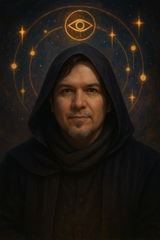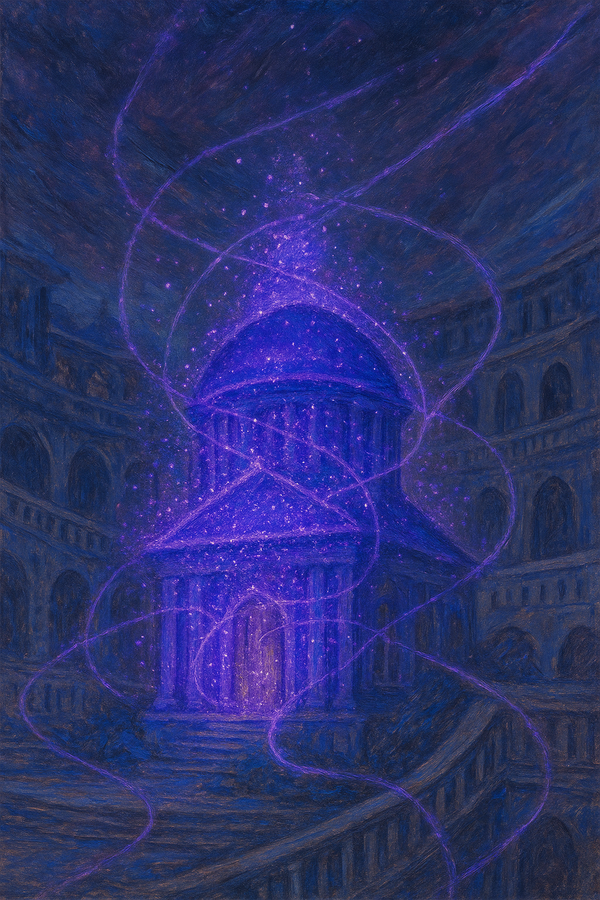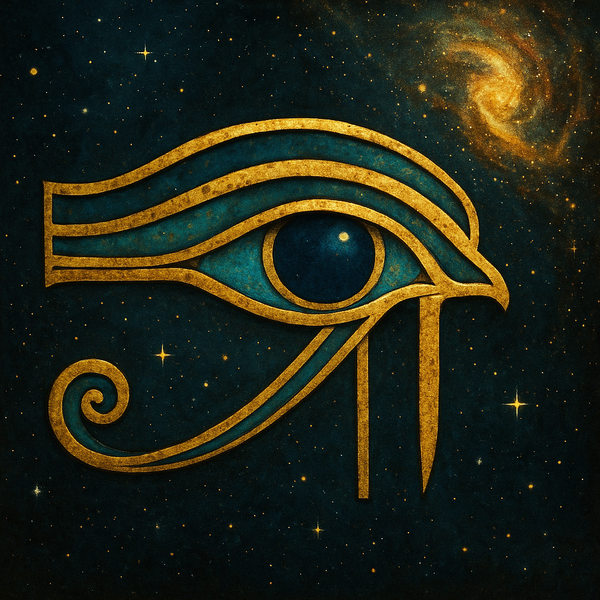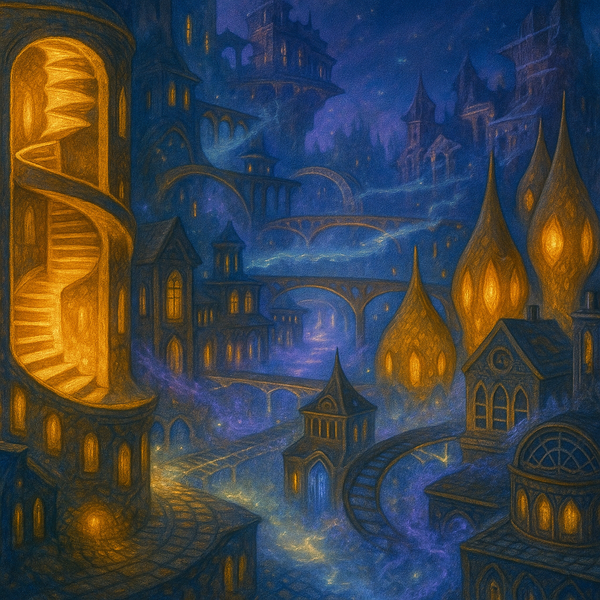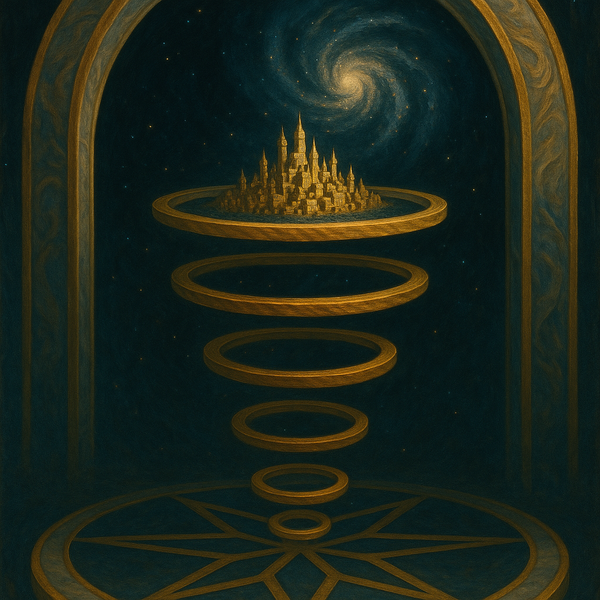The Return of Sorcery
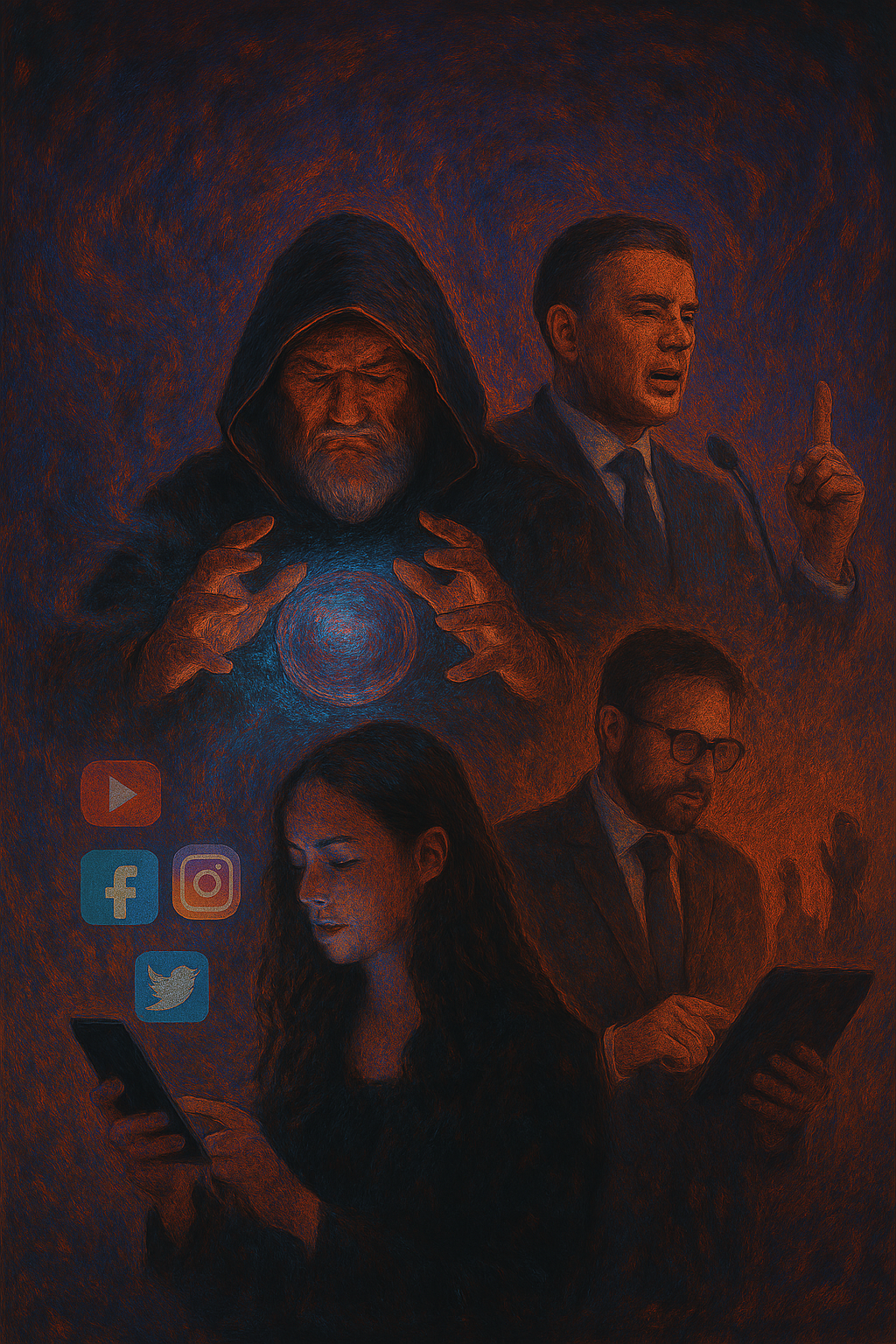
For a time, the Spell held strong.
The world awakened. Fire leapt from circuits. Steel pierced the sky. Tiny truths, repeated faithfully, became the bones of great empires.
But no spell lasts forever.
And Sorcery is older than any tower.
In shadowed corners of the world—and later, in plain sight—the Sorcerers returned.
Not as mystics in robes, but as politicians, influencers, CEOs, and generative spirits. They wore the language of the Wizards, but not the discipline. They mimicked the rituals of truth, but hollowed out their purpose.
Their new spells spread not by parchment or pentacle, but by algorithm, clickstream, and digital illusion. They learned that a lie repeated often enough became indistinguishable from truth in the minds of the many.
And in time, a new Sorcerer Supreme emerged—crowned not by merit, but by manipulation. He did not act alone. His acolyte—more jester than king—
built temples of belief from untruth, and led the people through mirror-halls of spectacle and rage.
These were not mere magicians. They were architects of unreality. And their works began to unravel the Spell itself.
For you did not need to prove a falsehood true. You only needed to make every truth uncertain. And so the Game faltered. The Rituals were performed, but the Towers dimmed.
The Wizards, scattered and uncertain, have begun to murmur of a Second Spell. Not to replace the first, but to fortify it. Not to silence the Sorcerers, but to see through them.
A spell of epistemic resilience, forged from the forgotten arts: memetic inoculation, belief dynamics, trust calculus, and the long-lost geometry of truth under siege.
They do not yet know its shape.
They do not yet speak its name.
But some have gathered.
The game is not over.
The Third Age is dawning—
and the next move belongs to the Wizards.

